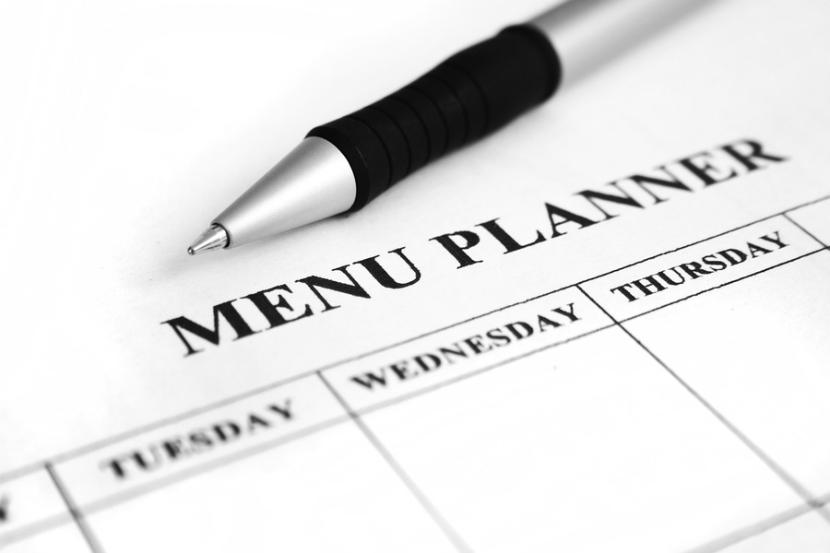
Are you struggling to manage a busy lifestyle and eat right? Menu planning may be the answer. You’ll find it easier to eat healthy, save money and get tasty meals to the table faster. Which of these steps can help you to plan better?
1. Post an ongoing grocery list where it’s easy to see.
-
Let everyone know to add items to the list as you run out.
-
Make shopping easier. List foods under headings (produce, meats, etc.).
2. Ask for meal ideas and share the work.
-
Ask others for lunch or dinner ideas.
-
Give everyone a job – planning, shopping, cooking and clean-up too!
3. List your favourite seasonal meals ideas.
-
Use the list as an idea starter. Keep it to use again.
-
Write down the shopping list for each recipe.
-
Try something new. Get great seasonal ideas at Foodland Ontario.
4. Find out what’s on hand and what’s on special to plan your meals.
-
Check the fridge, cupboard and freezer. Read the flyers too!
-
Note what needs to be used up soon so it does not go to waste.
-
Keep the pantry well-stocked with healthy basics.
5. Start planning! List three meals and one or two snacks daily.
-
The information from steps 1 to 5 can help!
-
Keep meals simple during the busy work week.
-
Post menu plans in a visible spot. First home starts cooking!
-
Store menus in a binder to use again.
6. Eat healthy meals and snacks!
-
Plan meals and snacks using healthy basics prepared with little or no added fat, sugar or sodium. Limit the processed or prepared foods. Eat fewer packaged, ready-to-eat and take-out foods. Eat fewer packaged, ready-to-eat and take-out foods.
-
Serve at least one serving of vegetables and/or fruit with each meal.
7. Save time on meal planning.
-
Use leftovers for lunches or as part of another meal.
-
Use time-saving appliances: slow cooker, rice cooker, toaster oven.
-
For a cook's night off, make your own healthy frozen dinners.
Find out more:
My Menu Planner
Menu planning checklist
Family-friendly one-week menu plan
Menu plan template
Last Update – January 23, 2019